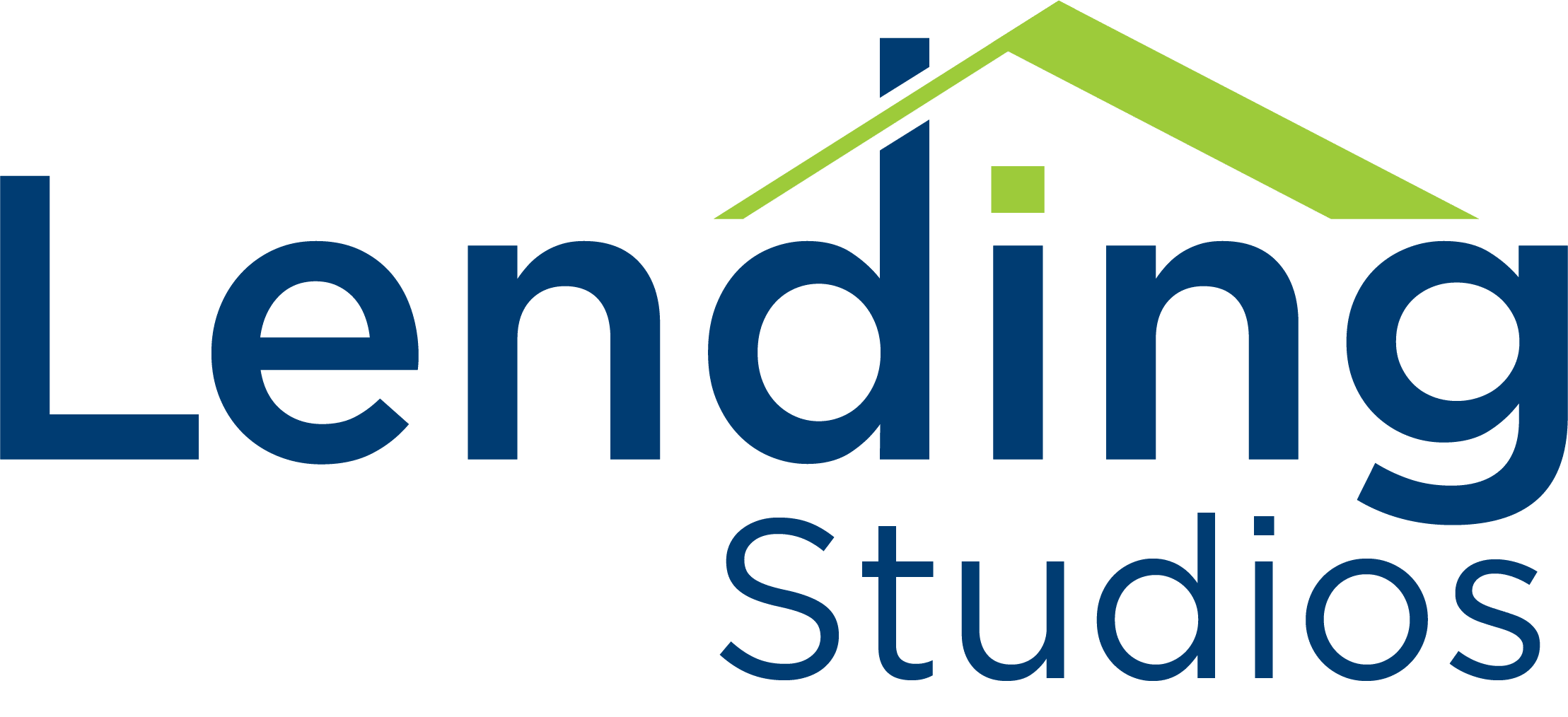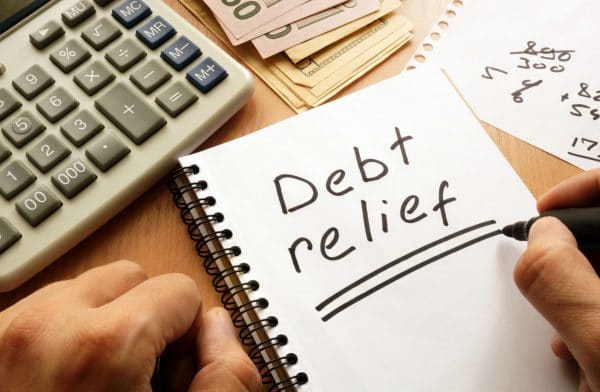Debt Relief
Options for Debt Relief
When it comes to finding a way out of debt, borrowers have options with different debt relief products/strategies, but it is important to understand the advantages and disadvantages of each.
The most common debt relief tools the average borrower will turn to when the burden of debt has gotten too heavy are:
- Debt management
- Debt settlement
- Debt consolidation
- Bankruptcy
There is no quick-fix to debt relief. Borrowers should consider their unique situation. Are you a borrower that has excess unsecured debt in the form of credit cards, medical bills and/or personal loans? Of that debt, is the total half or more of your gross income? If your debt is, or if you couldn’t repay the debt within a five-year period, you are in need of debt relief via a debt settlement, debt management program or even bankruptcy.
If you can repay your unsecured debts within five years (even if this means including debt consolidation and tighter budgeting) then you should be able to forego some of the more aggressive options for debt relief mentioned before and pursue a more do-it-yourself approach.
Debt Management Plan
A debt management plan (DMP) is designed to help you streamline your efforts to pay of your unsecured debt (debt that is not backed by collateral such as credit cards, student loans and medical bills) often at a reduced interest rate or with fees waived. Commonly, borrowers employ a credit counseling agency to help manage payments to creditors. Credit card companies have relationships with credit counselor to help borrowers set up a debt management plan when one is needed.
In these agreements, credit card accounts are closed until the the debt management plan has done its job and you are out of debt. Borrowers can reapply for credit card accounts again after they have completed a plan and the plans don’t affect credit scores.
Be forewarned, if you miss payments your rights under the debt management plan can be forefeit.
Make sure to select an agency accredited by the National Foundation for Credit Counseling or the Financial Counseling Association of America. The agency will and the borrower will determine an affordable payment schedule that allows 3-to-5 years to pay off the debt.
Debt.org suggests, “Beware of hidden fees, scams and fraudulent organizations. Look up a company’s record with the Better Business Bureau to check its track record.”
Participating in a debt management plan is not cost restrictive. After counseling sessions, borrowers pay a small, one-time set-up fee and a small monthly maintenance fee. Watch out for credit counseling organizations that require application fees, membership fees, upfront fees or per-creditor fees.
Debt Settlement
Debt settlement is not the same as Debt Consolidation, although the two terms are often confused. Debt Settlement is an actual negotiating with creditors to settle a debt for less than what is owed. Debt settlement is most often used to settle a substantial debt with a single creditor, but can also be used with multiple creditors.
The risks with debt settlement are substantial and most financial experts agree that it should only be used as a last resort, short-term option that keeps borrowers out of bankruptcy.
Consider the following disadvantages listed by Debt.org concerning debt settlement:
- Additional Fees – Debt settlement companies often encourage you to stop making payments to your creditors while they negotiate a settlement. The late fees, interest and other penalties that follow will be added to the amount you owe already.
- Time Frame – The normal time frame for a debt settlement case is 2–3 years, which means 24–36 months of late fees and penalties added to the amount you owe.
- Impact on Credit Score – Debt settlement will have a negative impact on your credit score. Not paying the full amount is a negative. Missing payments while negotiating a settlement is a negative.
- Impact on Credit Report – The fact that you settled your debt — that is, didn’t pay the full amount — remains on your credit report history for seven years, making it more difficult for you to get credit from any lenders.
- Companies Charge Fees – Debt settlement companies charge a fee, which is usually a percentage of the amount owed, to negotiate on your behalf. The fees generally are 20–25% of the final settlement, so if your final settlement is $5,000, you could owe another $1,000 to $1,250 in fees.
- Lenders May Refuse – Lenders are not obligated to accept settlement offers. In fact, some lenders refuse to work with debt settlement companies.
- Tax Consequences – There could be tax consequences from a debt settlement. The IRS may count whatever amount is forgiven as income and require you to list it on your taxes.
Debt Consolidation
Debt consolidation is a type of debt refinancing that enables consumers to pay off several debts. It involves combining several unsecured debts into one single bill that’s paid off with a loan.
There are numerous ways to consolidate debt. Some borrowers choose to transfer the debt to a zero or low-interest credit card, others choose to take out a debt consolidation loan. Other options include applying for a home equity loan or using a debt repayment consolidation plan.
Debt consolidating isn’t for everyone. Here are some key indicators that you are a good candidate:
- Credit scores of 680 or higher
- Income allows you to make consistent debt payments
- Total debt (minus mortgage debt) is lower than 40 percent of your gross income
- You are committed to a plan to keep your debt from rising again
If you are looking to improve your credit score, a consolidation loan can help. By converting damaging revolving debt installment debt you can gain points on your score. After you consolidate your credit card debt, your existing balance-free credit cards will show that you have more total credit available, resulting in a lower credit utilization rate, which can boost your credit score.
Bankruptcy
Bankruptcy is one of the most negatively-charged financial terms out there. It is a last resort option that wreaks havoc credit, but sometimes it is the only way out of considerable debt.
Bankruptcy is a term for an actual legal process overseen by federal bankruptcy courts. Although seen as a detriment to those involved in one, it exists to help individuals and businesses rid themselves of all or part of their debt–to assist them in paying back a portion of what they owe.
Bankruptcy offers relief from debt, but declaring it has serious, long-term effects on your credit. Bankruptcy impacts credit reports for 7-10 years, making it difficult (or impossible) to open credit card accounts and get approved for loans with favorable rates.
If bankruptcy is your only option, you’ll have to determine which type is applicable for your situation: Chapter 7 or Chapter 13. Both types of bankruptcy can get rid of unsecured debt, stop a foreclosure or repossession, wage garnishments, utility shut-offs and debt collection actions.
Be expected to pay your own court costs and attorney fees when going down this path.
It is also important to note that there are certain types of debt that are termed “unforgiveable debts” that will not be wiped clean. These include:
- Court-ordered alimony.
- Court-ordered child support.
- Reaffirmed debt.
- A federal tax lien for taxes owed to the U.S. government.
- Most student loan debt (although some members of Congress are working to change this).
- Government fines or penalties.
- Court fines and penalties.
Take the Time to Study-Out Your Options
After you have done your homework and find that you are a good candidate for a debt relief, the next step is to do your due diligence to make sure you are getting the best solution for your financial situation.


